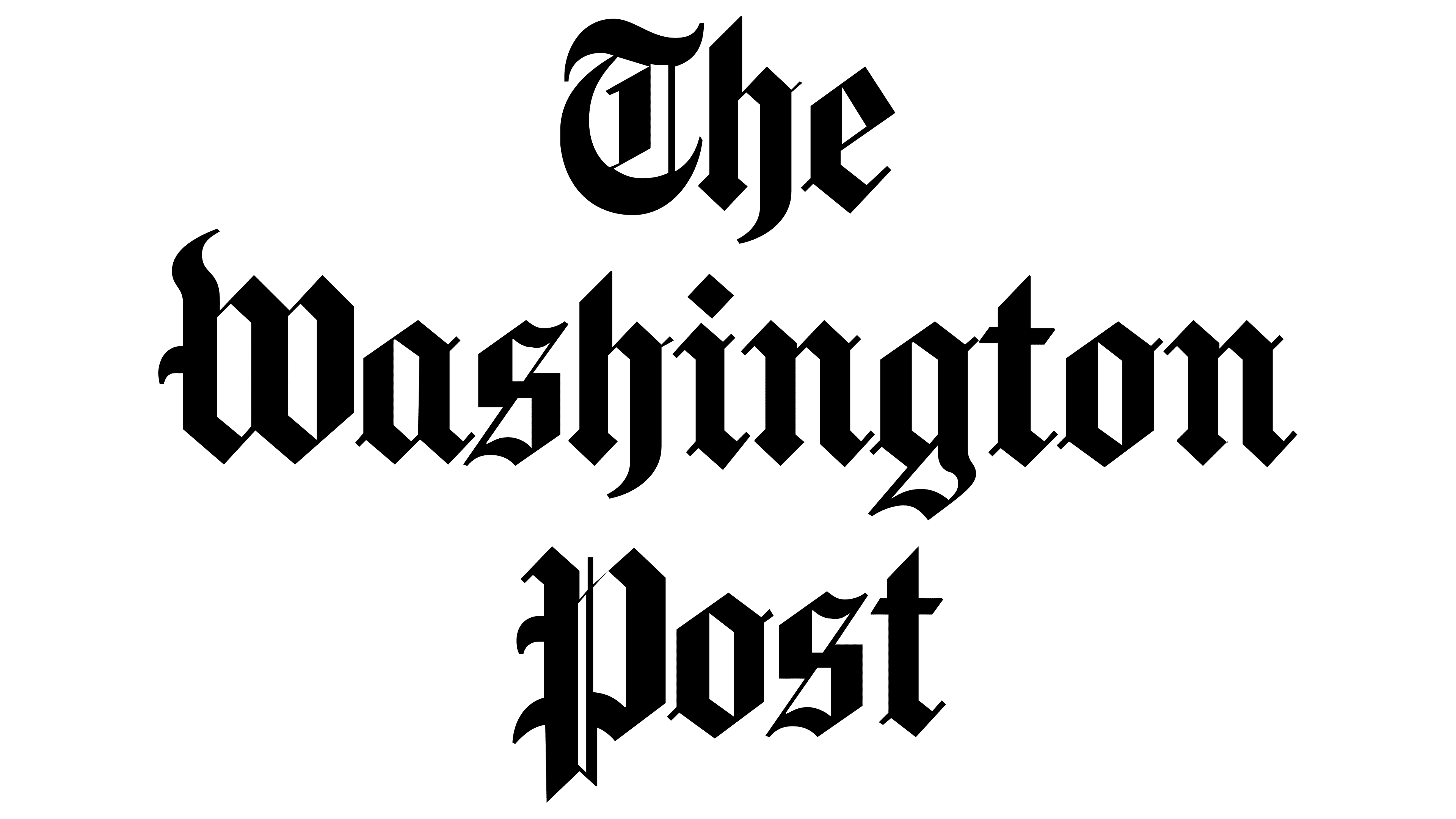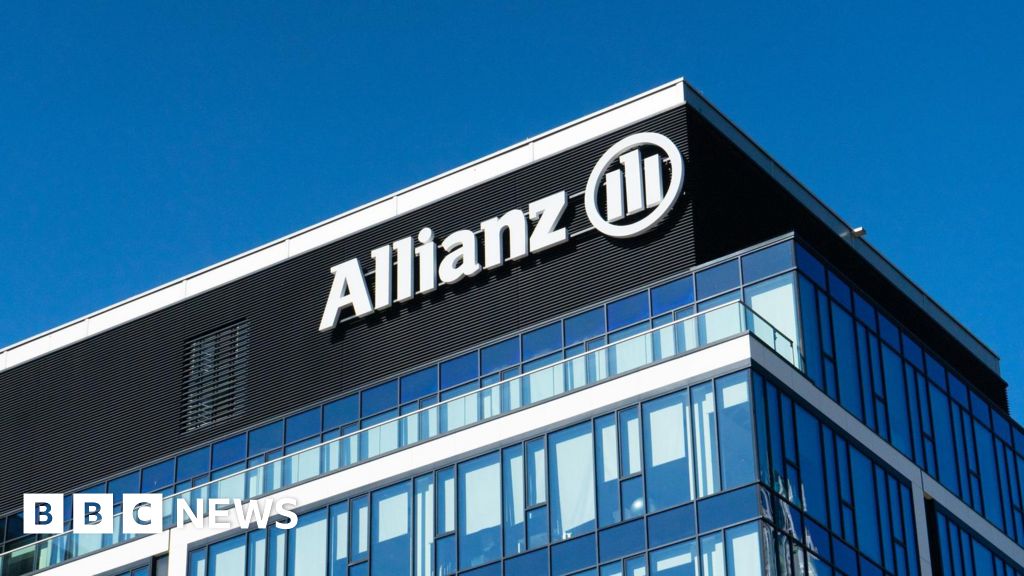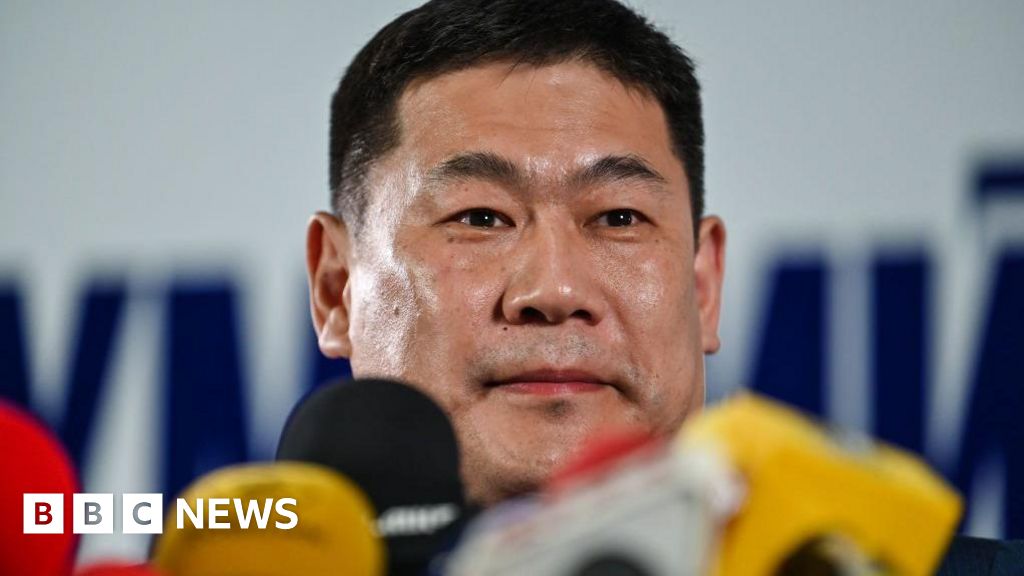ARTICLE AD BOX
President Trump signed an executive order Wednesday aimed at freeing up federal funding to expand school choice programs.
The order directs the Department of Education to prioritize school choice programs through its discretionary grant programs and provide guidance for how states can use federal funds to support K-12 “educational choice initiatives.”
It also directs the Department of Health and Human Services to issue guidance about how states can use block grants for families to direct the aid for private and faith-based schools.
It also calls for Secretary of Defense Pete Hegseth to provide Mr. Trump with a plan on how military families can use funds allocated for the Defense Department to send their children to their choice of schools.
The next Department of the Interior secretary would also need to provide Mr. Trump with a plan on how families of children who attend Bureau of Indian Education Schools can use federal funds to attend the school of their choosing.
Each agency is given 90 days to submit a plan.
Mr. Trump’s picks for Education secretary, Linda McMahon, Interior Secretary, Doug Burgum and Health and Human Services secretary, Robert F. Kennedy Jr., have all yet to be confirmed. Mr. Kennedy had a confirmation hearing before a Senate panel on Wednesday.
The majority of school funding comes from state and local sources, while the federal government provides a smaller amount of funding.
New results released Wednesday from the National Assessment of Educational Progress found that American students continue to struggle with reading and made a small improvement in math after the pandemic. The president’s order cites the NAEP report findings that 70% of eighth-graders were below proficiency in reading, and 72 % were not proficient in math.
“We must do better for our students,” the Education Department said in a statement. “The Trump administration is committed to reorienting our education system to fully empower states, to prioritize meaningful learning, and provide universal access to high-quality instruction. Change must happen, and it must happen now.”
Frederick Hess, director of the education policy studies at the American Enterprise Institute, said Mr. Trump’s executive order is “a positive step” and a “reassuring shift from the previous administration.”
“Given the dismal results on the 2024 National Assessment of Educational Progress, released today, I’m pleased to see the administration doing what it can to ensure families have access to more and better choices,” he said in a statement, adding that “much will depend on the particulars of how this is implemented, but it’s clearly a stark shift in emphasis for Washington.”
Randi Weingarten, president of the American Federation of Teachers, called the order a “direct attack on all that parents and families hold dear.”
“This order hijacks federal money used to level the playing field for poor and disadvantaged kids and hands it directly to unaccountable private operators — a tax cut for the rich,” she said in a statement. “It diminishes community schools and the services they provide. It dilutes crucial literacy and arts education grants. It takes an ax to the Department of Defense schools that are a global model for student success. It weakens Bureau of Indian Education schools already struggling due to underfunding and neglect.”

 5 months ago
172
5 months ago
172








 English (US) ·
English (US) ·